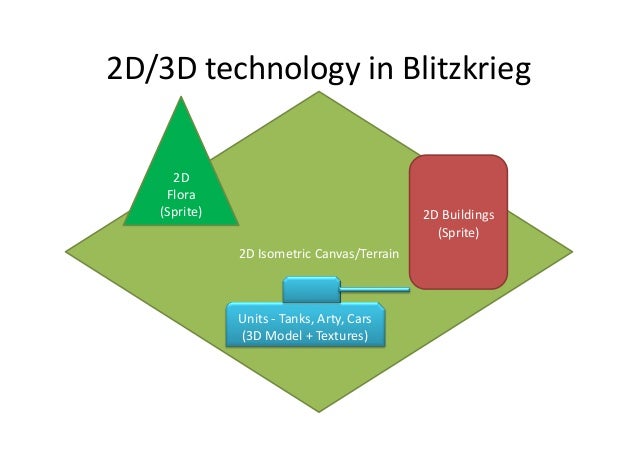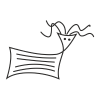Hi,
Don't want to flood forum but " Isometric Terrain (2D) generation " would be misleading for this question. Thanks to responses at other question, seems viable option for terrain (at a browser game) is generating 3D terrain on serverside (as fallback, might also implement 3D terrain via webGL in future) then integrate elements like buildings, trees etc as prerendered 2D assets.
So the current plan is something like (took image from another site but explains the situation)

Doubt can achieve such quality but as style I aim for something like at SimCity 4

According to my search, if I am not mistaken there are two approaches, one is using mouse maps (seems to apply for limited number of slopes) and raycasting (for fully 3D terrain)
But the problem is 3D prerendered terrain is none of these, so I am not sure how to handle mouse picking problem
So I'd appreciate some help. I will not start from map itself to build game (its browser game after all) but need to clarify data structure before.











